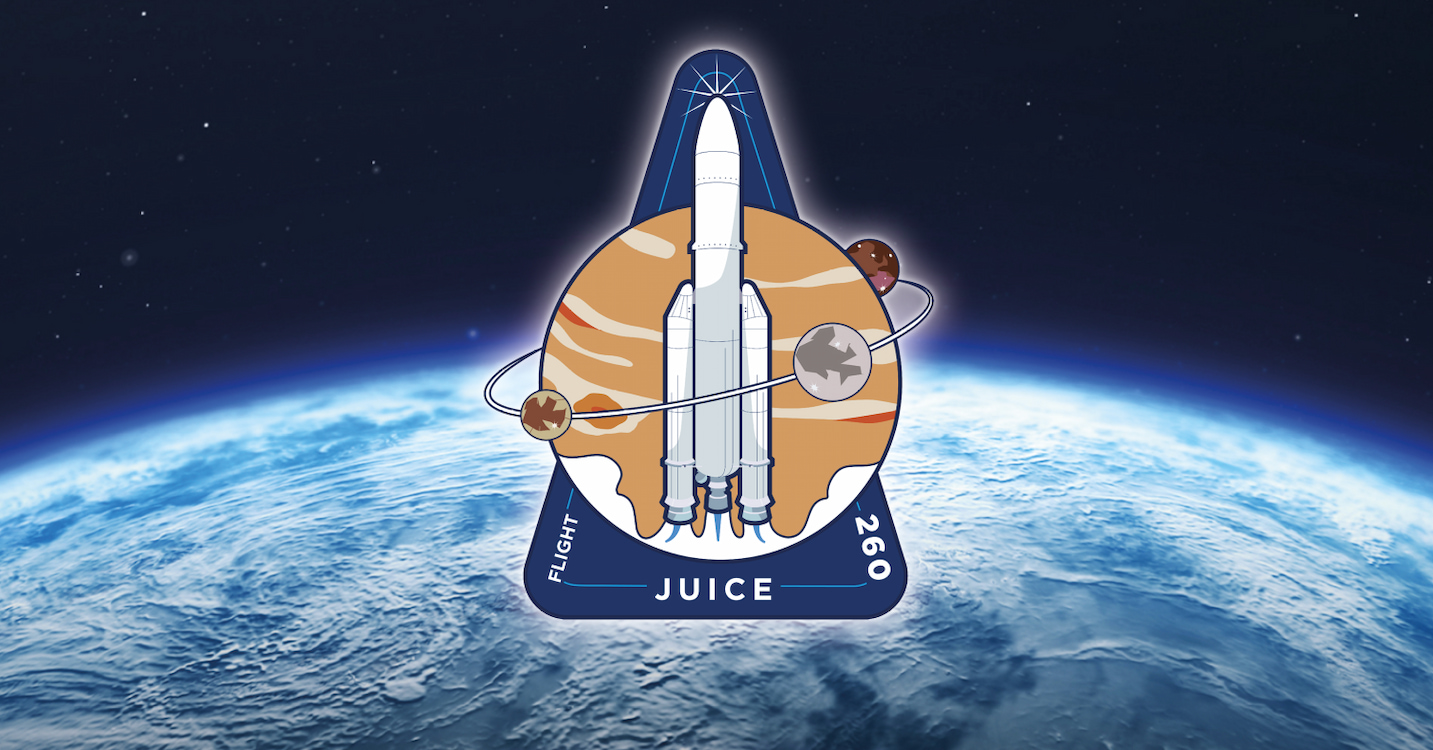
Next week Arianespace is looking to return to launching rockets and make its 2023 debut with a launch of the Ariane 5 heavy-lift rocket from French Guiana. Ariane 5 will get to launch one more major scientific milestone mission before its retirement later this year.
The first launch of the year for Arianespace
Arianespace, Europe’s only operational launch provider, announced Tuesday it is set to make its 2023 debut launch with an Ariane 5 rocket on April 13. The payload, a rather exciting one, is ESA’s Jupiter Icy moons Explorer or JUICE. This will be the continent’s first mission to Jupiter and will try to answer some pretty big questions: what are the conditions for planet formation and the emergence of life, and how does the Solar System work?
JUCIE’s mission will be to spend three years exploring the Jovian system and particularly the three largest moons Europa, Ganymede, and Callisto. All three are believed to harbor a subsurface ocean which gets a lot of astrobiologists excited about the possibility of life being found there. JUICE will eventually settle in orbit around Ganymede, the largest of the three.
Ariane 5 is Arianespace’s heavy-lift rocket, capable of sending over 20,000 kg to low Earth orbit. Of course, JUICE’s mission will be lifting the probe out of the grasp of Earth’s orbit and on a path for Jupiter.

Ariane 5 has been ESA’s choice for many of its top scientific missions and was used to loft NASA’s James Webb Space Telescope in 2021. The rocket is a two-stage rocket that is accompanied by two large solid rocket boosters. The most reliable rocket of Arianespace’s current fleet (no longer offering Soyuz rockets), it hasn’t suffered a total failure since 2002.
Return to flight for Arianespace post-Vega-C launch failure
Alongside this mission being a major moment for Europe’s scientific community, it’s also the first launch since Arianespace suffered a failure of its new Vega-C rocket. In December, Arianespace launched its second Vega-C rocket with two payloads. However, the rocket’s second stage suffered an anomaly during ascent, causing the loss of the rocket and its satellites.
According to Arianespace and the ESA, the cause of the failure was narrowed down to a part inside the second-stage engine nozzle. However, manufactured by a Ukrainian company, the Ukraine State Space Agency disagreed with that finding. Still, we aren’t sure which side is correct.
Vega-C is part of an upgrade plan for Arianespace’s fleet to build more cost-competitive options for potential customers. Part of that is the replacement of the Ariane 5 with the Ariane 6, set for no earlier than “late” this year.
JUICE will be Ariane 5’s second to last mission before the rocket is officially retired. The final flight of Ariane 5 is set for no earlier than June.
FTC: We use income earning auto affiliate links. More.

Comments